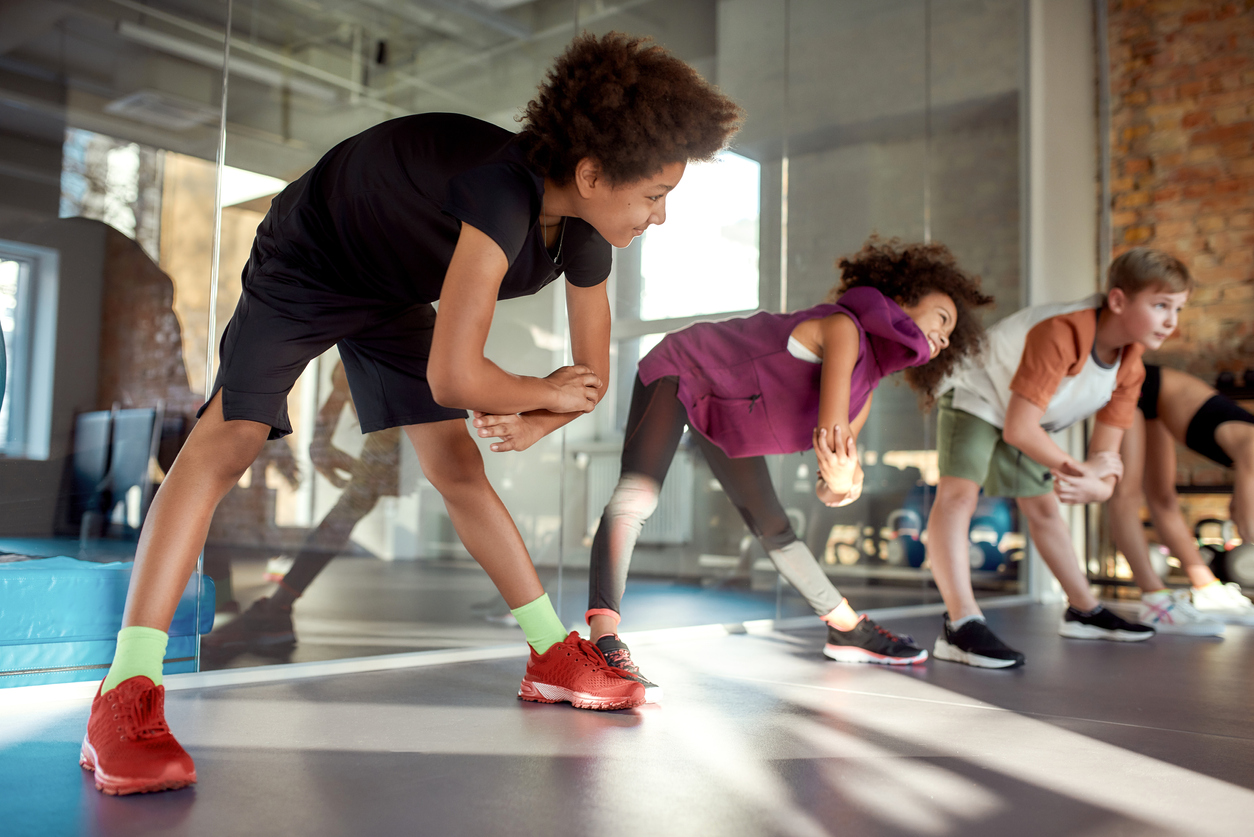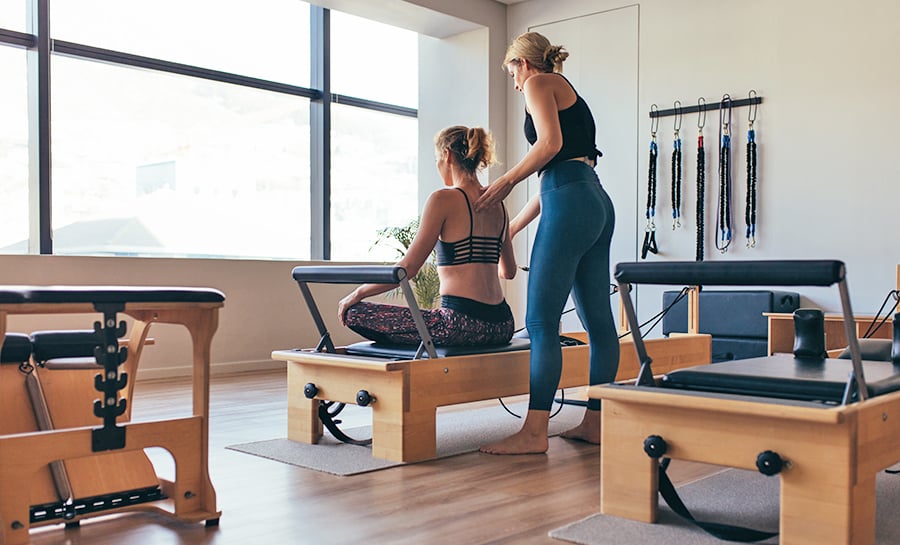
Poor musculoskeletal (MSK) health is one of the world’s most significant health burdens. Contrary to popular perception, poor MSK health is not just about aging. It often originates in childhood and adolescent physical development – 90% of bone density is achieved by 18-20 years. Physical activity during childhood and adolescence is critical for developing good lifelong MSK health and the associated physical, mental health, and other well-being benefits.
In my opinion, playing is the second most important part of childhood after nutrition. It is crucial because it helps with physical development and strengthens bones and muscles. It also helps develop qualities like leadership, team-building, resilience, and tremendous coping mechanisms.
The period around puberty (when maximal growth occurs) may be the most effective time to intervene to develop bone health, suggesting the period of 9 to 16 years of age is of greatest importance. Weight-bearing physical activities (including weight-bearing sports participation) stimulate bone development. In some studies, evidence was found supporting football, jumping, martial arts and small-sided team games, with the strongest and most consistent evidence for gymnastics. However, other high-intensity weight-bearing activities with similar characteristics to those activities listed may provide similar advantages.
Also Read : Elements of Art Worksheet
The volume of weight-bearing physical activity is equally important, independent of intensity, which highlights the value of regular intermittent activity throughout the day, beyond sport/leisure activity. Moderate to vigorous intensity weight-bearing physical activity is an effective method of inducing increases in bone mineral density and bone strength, as well as structural improvements in the bones. Although more intense intermittent activity likely produces better bone parameters.
As a child grows, their bones are constantly developing, being formed, and reshaped to keep their function on an ongoing basis. In the process of normal growth, much more bone is made than removed, allowing the skeleton to grow in size and density. As a result, up to 90% of peak bone mass is acquired in girls by age 18 and in boys by age 20, making childhood the absolute best time to invest in bone health through appropriate physical activity and nutrition.
Playing outside has other benefits too. Kids who have trouble focusing or are hyperactive receive many benefits from playing and being outdoors because it naturally releases dopamine in the brain. Teenagers with anger issues will also benefit from the movement involved in sports, which will channel their energy. It is proven that kids with anxiety and depression fare much better if they do some outdoor activities, even if taking a walk for 30 minutes.
Remember, we are meant to move, play and run. Movement is indeed medicine!





